Just 5 months ago, the fourth generation of the Porsche Cayenne SUV made its global debut in Shanghai and today, it has been launched in Malaysia. That short period of time from global launch to local launch would not be unusual if the model comes from its main production factory in Europe. However, the model launched today was assembled in Malaysia and in the past, a locally-assembled version would usually take at least a year after global launch.
While many people may think that a locally-assembled model – often referred to as a CKD or ‘complete knocked-down’ model – is merely a model that is not assembled at the factory overseas and it is just a matter of putting the parts in a box (the CKD pack) and shipping to Malaysia. The reality is that it is much, much more complex and even requires the model to be specifically engineered for assembly overseas.
While the design and many other elements are not changed, the engineers must prepare the model for slightly different assembly processes compared to the huge and advanced Porsche factory in Slovakia. There is greater automation at the factory in Slovakia but at the Inokom plant, due to the smaller volume, the level of automation is not as great. Therefore, the assembly is done by humans in certain areas that might be done by machines in the European plant.
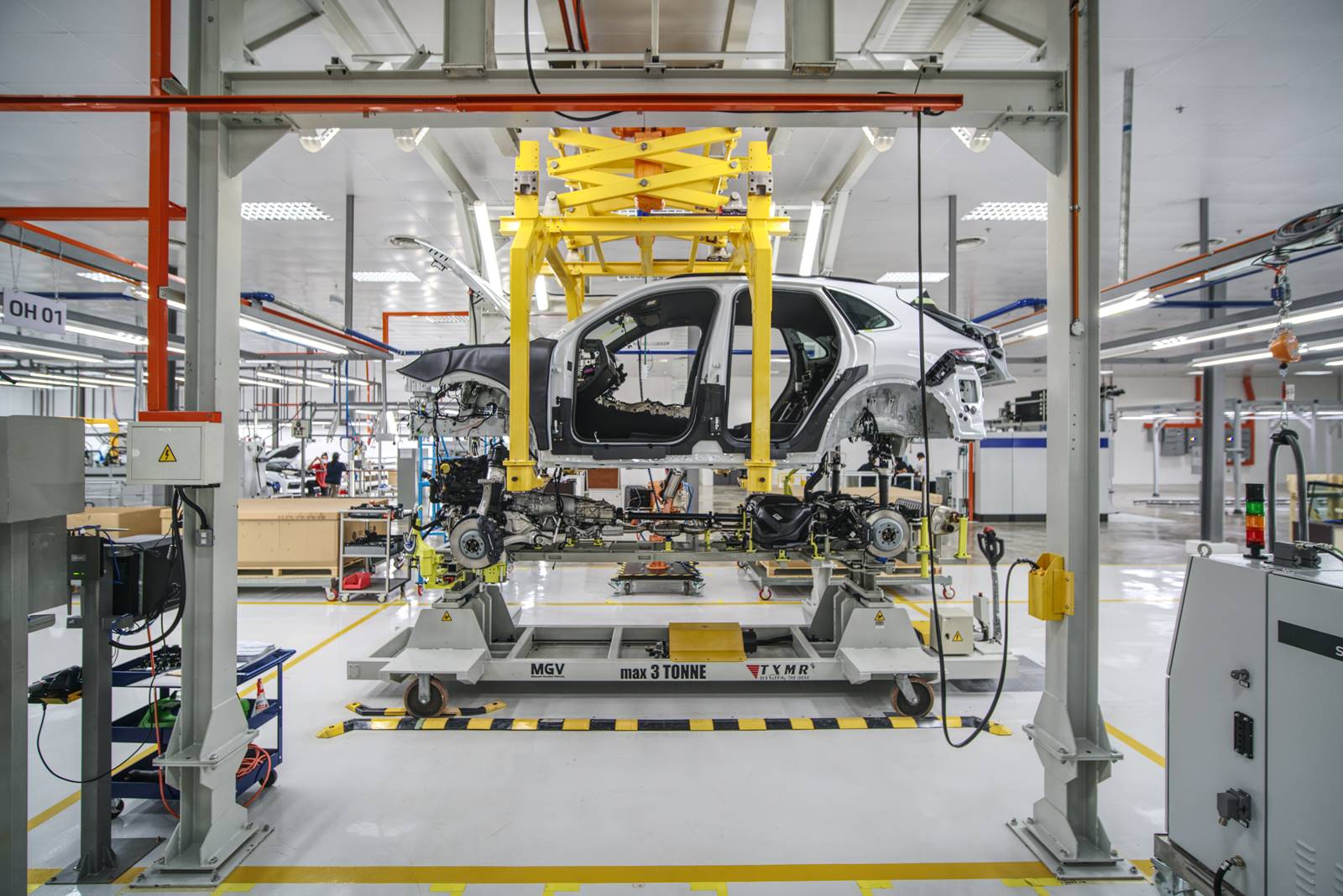
Of course, quality is of a very high priority to Porsche, given its position as a premium sportscar manufacturer. Even though the processes of making the SUV might not be exactly the same, the quality standards must be high enough that it is virtually impossible to tell the difference between a vehicle imported in CBU (completely built-up) form and a CKD model.
The speed at which the Malaysian plant has started to assemble the new generation would indicate that right from the initial development, it was already clear that the model would be assembled in Malaysia. This may have been 5 years ago, during which time the decision to assemble a Porsche outside Europe for the first time ever would have been made.
In fact, assembly began in March 2022 with the previous generation which was already at the end of its product cycle. Perhaps this was a sort of ‘test run’ to prepare for the new generation and over 1,000 Cayennes have been assembled.

According to Christopher Hunter, CEO of Sime Darby Auto Performance (SDAP), which represents Porsche in Malaysia, it was a given for the new generation to be assembled. “The commitment and investment has been made by us and by Porsche so we’re in it for the long term,” he said, adding that preparations at the Inokom plant in Kedah (owned by Sime Darby Motors) began in the early months of 2023.
Apart from making it cheaper for purchasers due to a lower tax imposed (as well as government incentives), local assembly also allows the distributor some degree of flexibility in the specifications and features. Away from the high-volume main plant which will look at numbers before agreeing to variations, a locally-assembled model can be ‘customised’ to be more appealing to Malaysian customers and have enhanced value with features that are options being made standard.
Thus the ‘Malaysian Cayenne’ comes with an enhanced standard equipment package that includes standard Adaptive Cruise Control, soft-close doors and the Sport Chrono Package which customers in other customers would only get as extra-cost options.
The standard equipment levels with the previous locally-assembled Cayenne are also retained. These include the 14-way electric comfort seats with memory package; Porsche crests embossed on the front seat head restraints, 4-zone climate control and electric roll-up sunblinds for the rear windows.
Mr. Hunter said that every CBU Porsche is built to order and customers have a wide range of options to choose from. For the locally-assembled Cayenne, some degree of personalisation is also available with the alloy wheels. Besides the standard wheels, there are also optional 21-inch Cayenne Exclusive Design wheels and 22-inch Sport Design wheels. “So far, 30% of the customers who have ordered their Cayenne have opted for one of the alternative wheel sizes instead of the standard 20-inch wheels,” he revealed.
Besides a rear seat entertainment system, customers also have the option of adding Porsche Tequipment accessories such as a roof tent and performance roof box, or rear bike carrier. In fact, noting increasing popularity in the roof tent idea, the low-profile roof rail is already prepared for installing the equipment so that there is no need for disassembly which can compromise quality.
![Porsche Cayenne 2023 [CKD]](https://www.motaauto.com/wp-content/uploads/2023/10/2023-Porsche-Cayenne-CKD-7.jpg)
The enhanced suite of standard features compared to the previous Cayenne include Matrix LED headlights, Porsche Active Suspension Management, Power Steering Plus, Front and Rear Park Assist with Surround View, and Bose Surround Sound System.
The improved chassis has a new adaptive air suspension with 2-chamber, 2-valve technology. This improves comfort with a soft suspension characteristic, stabilises the vehicle further and simplifies on-road and off-road handling – compared to both the standard suspension and the predecessor model.
At the same time, the adaptive air suspension improves driving precision and performance, and reduces body movements in dynamic driving situations. The suspension also offers an even sharper differentiation between Normal, Sport and Sport Plus driving modes.
One drawback of local assembly is that powertrain choices have to be limited due to the smaller volume. It would not be economical nor efficient to have too many engine choices so the one that SDAP believes is the best for this market is the 3-litre turbocharged V6 PETROL engine with an output of 353 ps/500 Nm which goes through an 8-speed tiptronic automatic transmission to all four wheels.
This still provides respectable performance worthy of the Porsche badge, with a claimed 0 – 100 km/h time of 5.7 seconds and a top speed almost at 250 km/h. If you want some other engine, you’ll have to settle for a CBU model then.
Inside the new Cayenne, there is a completely revised display and control concept. Known as the new Porsche Driver Experience (first introduced in the Taycan), it focuses instrumentation on the driver’s axis and optimises operation. Functions that the driver uses frequently are located directly on or immediately next to the steering wheel. For example, the lever located on the left behind the steering wheel now has additional functions for operating the driver assistance systems.
A key feature of the Porsche Driver Experience is the right balance between digital and analogue elements. Large, easily accessible controls combined with mechanical air conditioning switches and a haptic volume controller ensure optimum operability and a refined look.
Those who are familiar with the previous three generations of the Cayenne will be momentarily puzzled when they find the shift lever ‘missing’ from its usual place between the front seats. It has now been moved to the dashboard which makes room for the new centre console for storage compartments and a large air conditioning controller. There is also a tray for wireless smartphone charging with a 15W supply so faster charging is possible.
The redesigned cockpit of the Cayenne includes a fully digital 12.6-inch instrument cluster with a curved and free-standing design, with variable display options. The standard 12.3-inch central Porsche Communication Management (PCM) display integrates harmoniously into the new dashboard and provides access to all the relevant vehicle functions.
There’s also an air quality system which uses predictive navigation data to detect approaching tunnel entrances and automatically activates air recirculation. Optionally, a sensor detects the level of fine dust particles in the air and passes it through the fine dust filter multiple times if necessary. There is also an ioniser to remove many types of germs and pollutants from the air, which is particularly beneficial for allergy sufferers.
Peninsular Malaysia pricing for the new Cayenne starts from RM599,999 without insurance and if you are among the first 250 customers to place an order via Porsche Malaysia’s online channel, you will get an exclusive key fob in the same colour as your SUV. Although there are already orders since bookings were accepted from September 8, if you order a new Cayenne today, Mr. Hunter said that you should still be able to get it by the end of 2023.
![2023 Porsche Cayenne [CKD] 2023 Porsche Cayenne [CKD]](https://www.motaauto.com/wp-content/uploads/2023/10/2023-Porsche-Cayenne-CKD-2-696x454.jpg)
![2023 Porsche Cayenne [CKD]](https://www.motaauto.com/wp-content/uploads/2023/10/2023-Porsche-Cayenne-CKD-1.jpg)
![2023 Porsche Cayenne [CKD]](https://www.motaauto.com/wp-content/uploads/2023/10/2023-Porsche-Cayenne-CKD-9.jpg)

![Porsche Cayenne 2023 [CKD]](https://www.motaauto.com/wp-content/uploads/2023/10/2023-Porsche-Cayenne-CKD-10.jpg)
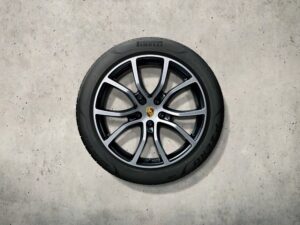
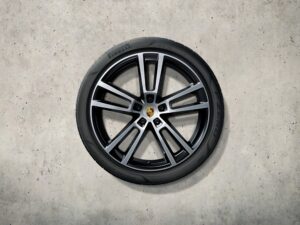
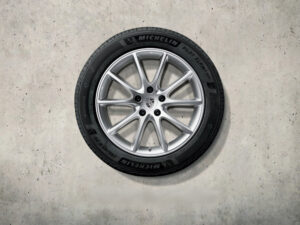

![Porsche Cayenne 2023 [CKD]](https://www.motaauto.com/wp-content/uploads/2023/10/2023-Porsche-Cayenne-CKD-3.jpg)
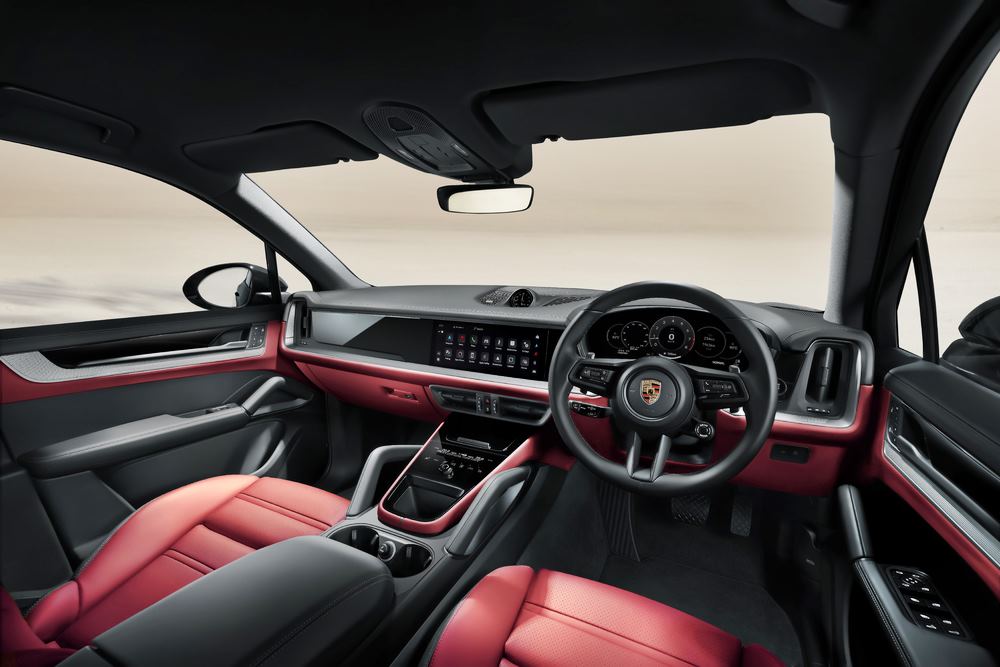
![2023 Porsche Cayenne [CKD]](https://www.motaauto.com/wp-content/uploads/2023/10/2023-Porsche-Cayenne-CKD-4.jpg)
![2023 Porsche Cayenne [CKD]](https://www.motaauto.com/wp-content/uploads/2023/10/2023-Porsche-Cayenne-CKD-5.jpg)
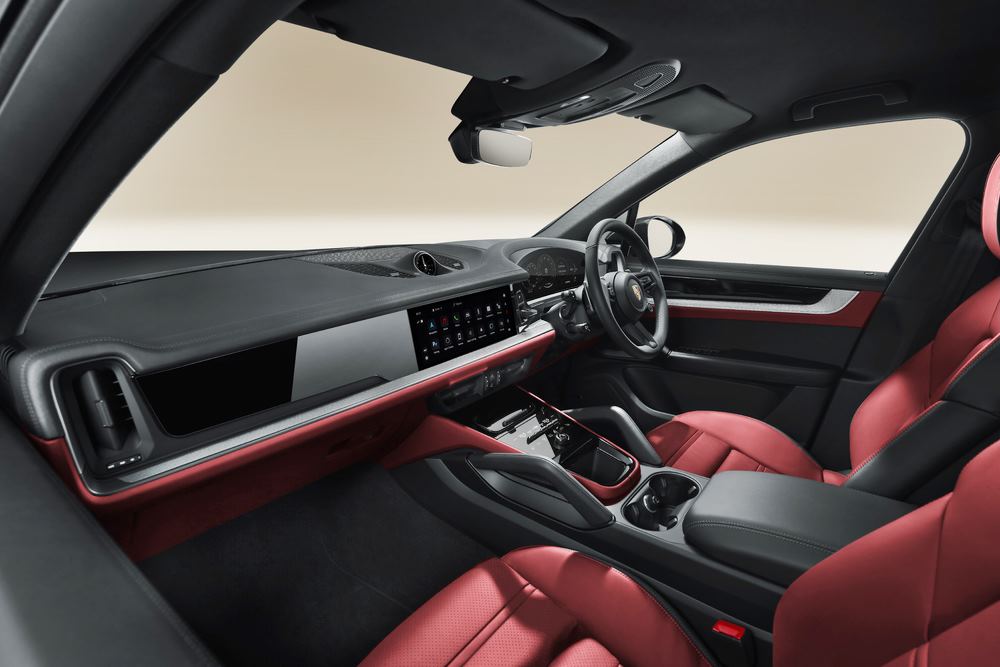
![Porsche Cayenne 2023 [CKD]](https://www.motaauto.com/wp-content/uploads/2023/10/Porsche-Cayenne-2023-CKD-2.jpg)
![Porsche Cayenne 2023 [CKD]](https://www.motaauto.com/wp-content/uploads/2023/10/Porsche-Cayenne-2023-CKD-1.jpg)
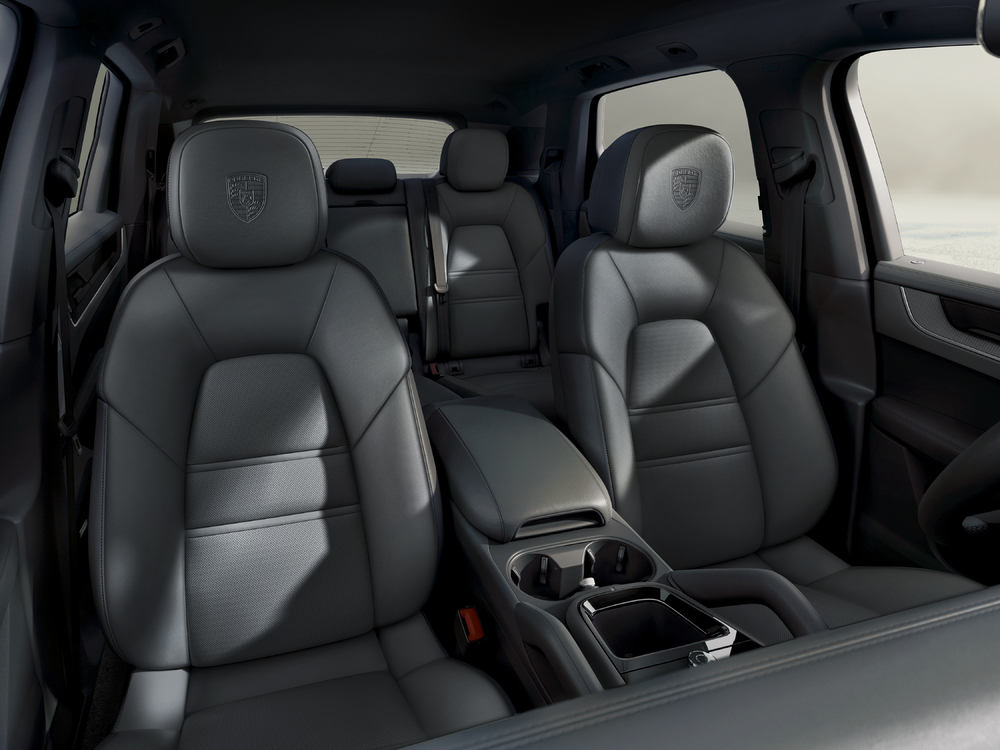
![2023 Porsche Cayenne [CKD]](https://www.motaauto.com/wp-content/uploads/2023/10/2023-Porsche-Cayenne-CKD-11.jpg)